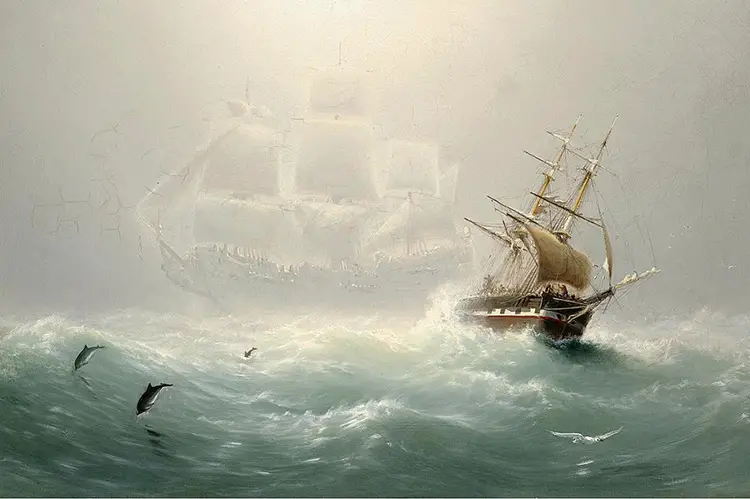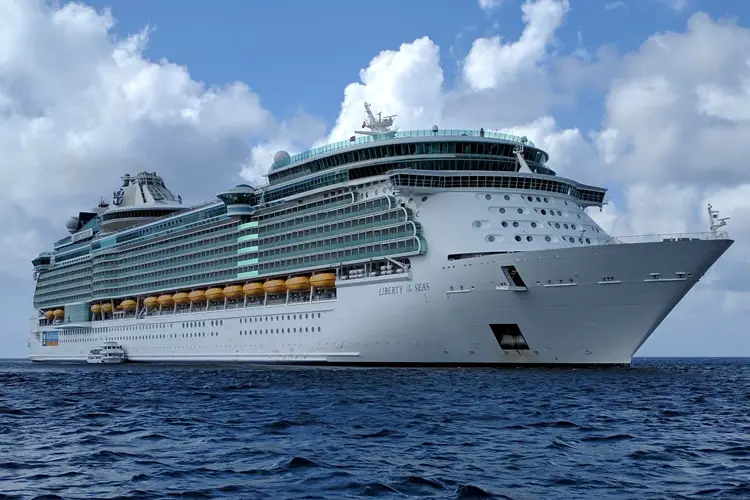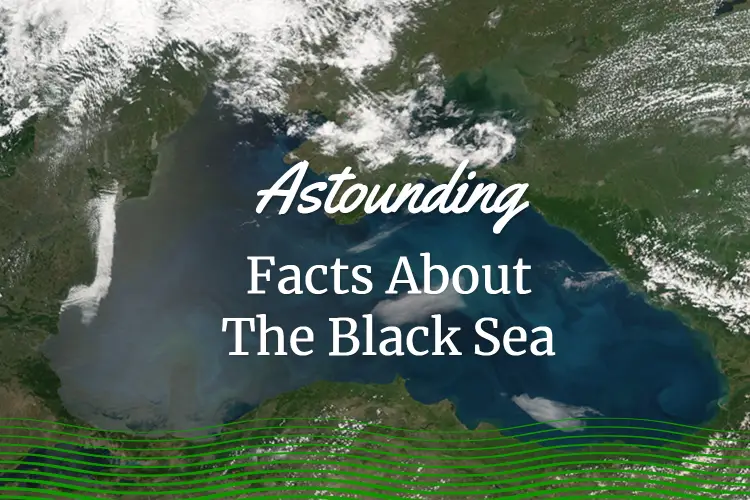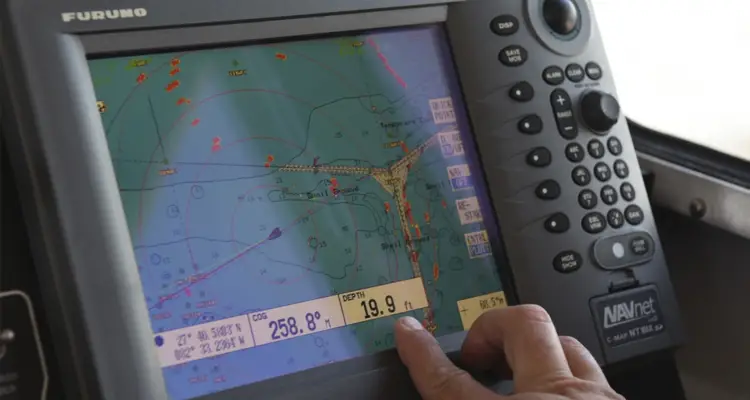What Is A Mooring Buoy?
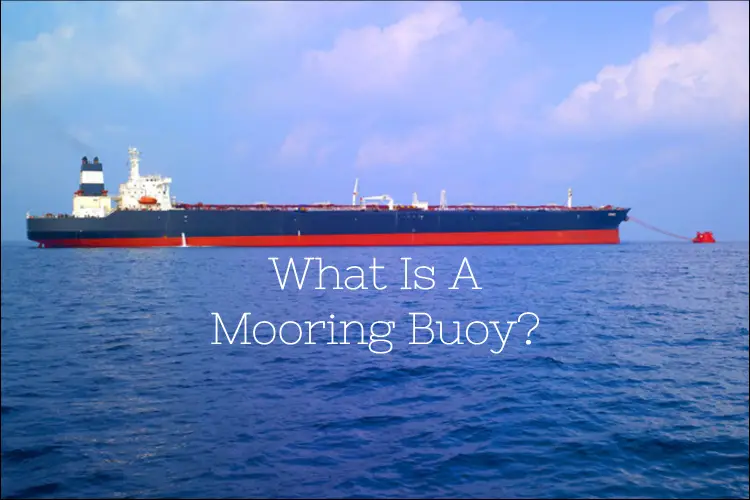
A mooring buoy is a floating structure that is used to moor vessels either cruise ships, fishing boats, cargo ships, private ships, or even seaplanes while in deep water or shallow water.
Before we delve into the question of mooring buoy, let’s first understand the basics.
Mooring is the act of securing a vessel to a permanent structure. It is also a noun and refers to the thing that it is moored to, like jetties, piers, wharfs, anchor buoys, etc.
A ship is secured to the moor to prevent it from moving freely in the water. So if there is no nearby shore that the ship is anchored to a mooring buoy.
It fixes the vessel’s position relative to a point at the bottom of the waterway. However, mooring anchors cannot be used in certain places. This is when a mooring buoy comes in handy.
What Is A Buoy?
A buoy is a floating object in the water used as a navigation mark, to highlight reefs or other hazards, or for just mooring. It can be anchored (mooring buoy) or allowed to drift with ocean currents.
Metal, plastic, or foam is used for the construction of the buoy depending on its function. Buoys are deployed to assist in the navigation of vessels, indicating the channels and hazards warning.
What Is A Mooring Buoy?
A mooring buoy is used to secure a water vessel. This kind of buoy is anchored at the bottom. The buoy is moored to the seabed by using chains or ropes, known as mooring.
It is a structure which is kept afloat at a specific position in the waterway with a heavyweight fixing its position. The weight is located underwater on the seafloor which fixes its position. To this, a ship can be secured with the help of chains that come with the mooring buoy.
There are three types of mooring according to the materials used:
- Mooring chains
- Mooring ropes
- Mooring which uses both – chains and ropes
A mooring buoy has a heavier load called a sinker which is placed on the seabed. The sinker is usually an anchor or cast cement implanted into the seabed. The sinker, in turn, is secured to the floating buoy using a chain/rope. An extra two-meter is added to the total length of the rope to keep the buoy at a specified radius on the water surface during a tide.
Also read: What is Baltic Mooring?
What Is The Purpose Of Mooring Buoys?
The purpose of mooring buoys:
- To prevent ships from releasing anchors to the seabed and damage the fragile so marine ecosystem.
- To help ships to dock at a safe distance and minimize the possibility of ships hitting the seafloor.
Use of Mooring Buoy By Cruise Ships
A mooring buoy is especially useful in places where there are coral reefs. Normal anchors would uproot the coral thereby disrupting the ocean biome in that place. Thus, there is no need for an anchor.
The coral is very fragile and easily broken. The broken coral quickly fouls anchors and ships that do anchor in these brittle corals often drag across the seafloor causing further extensive damage to the reefs.
Hence in places like Australia, Asia and some parts of the US where there are coral reefs, buoys are in place of anchors for the ship. Permanent mooring buoys float on the water and vessels safely anchor their boats to them.
Use of Mooring Buoys For Cargo Ships
Buoys called Single Buoy Mooring is a loading buoy anchored offshore. It is used both as a mooring point, and an interconnect for oil tankers loading or offloading.
Oil Companies International Marine Forum (OCIMF) is a voluntary association of oil tankers. It provides expertise in the safe and environmentally responsible transport and handling of hydrocarbons in ships and terminals and setting standards for continuous improvement.
They have set some rules and regulations that the shipping tankers need to follow when they use mooring buoys. Now mooring buoys are preferred over traditional anchors due to the environmental benefits. A buoy has become one of the most relevant equipment in the shipping industry.
If the oil has to be transported from one oil rig to another, it will take a lot of time in only carrying the oil. Midsea transfer prevents this. The buoys are stable, and when it comes to unloading the cargo present in the ships, it is straightforward.
Types Of Mooring Buoys
There are typically two types of mooring buoys used depending on the weight/size of the ships and the condition of the sea.
1) Single Point Mooring
As the name suggests, Single point mooring (SPM) has only 1 buoy with mooring.
2) Multi-Point Mooring
Multi-point mooring or MPM has 3 or more buoys
Types Of Mooring Systems
The mooring system can be of 2 types:
1) Halas System
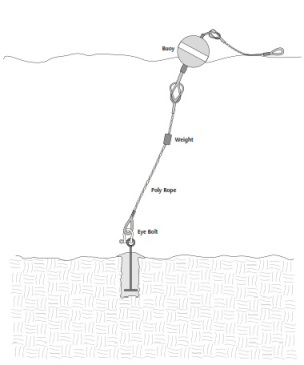
In the Halas system, cement is poured into a hole is drilled into the seabed and then a stainless steel eyebolt is inserted in the cement. The Halas system is easy to maintain and is cheaper in the long run.
2) Manta System
In this system, a manta anchor is inserted into the seafloor. The out-turned lip or “Duckbill” on the trailing edge of the anchor helps to balance the profile of the anchor, which also improves the directional stability of the anchor.
What Colors Appear On A Mooring Buoy?
A mooring buoy is usually in bright and easily recognizable colors so that it is visible to ships from a distance. A buoy may be colored white and orange. The orange color covers the top one-third of the buoy above the waterline. It may also have some identification letter(s).
Sometimes, a buoy is white with a blue horizontal band.

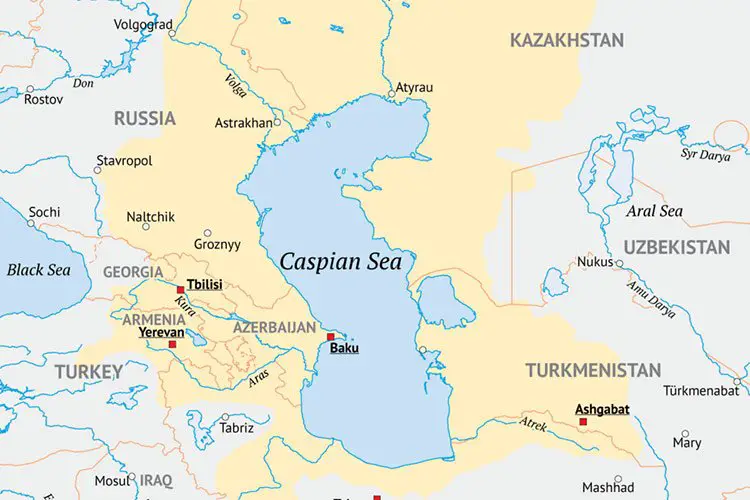
![The Unsolved Mystery Of Devil’s Sea [Dragon's Triangle] 4 The Unsolved Mystery Of Devil’s Sea [Dragon’s Triangle]](https://www.maritimemanual.com/wp-content/uploads/2019/03/devils-sea-dragons-triangle.jpg)
